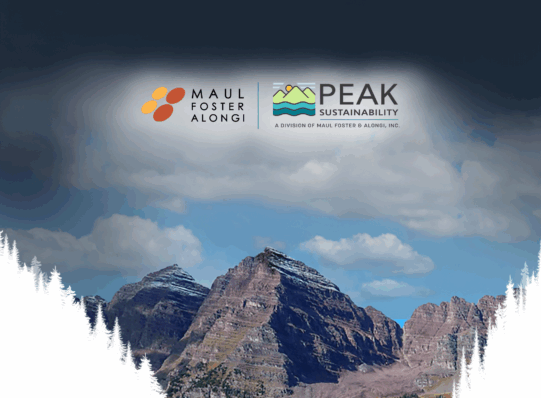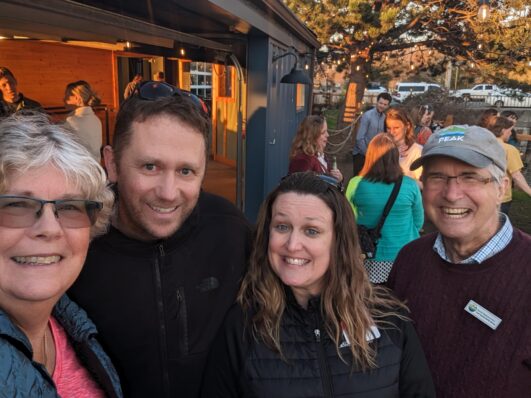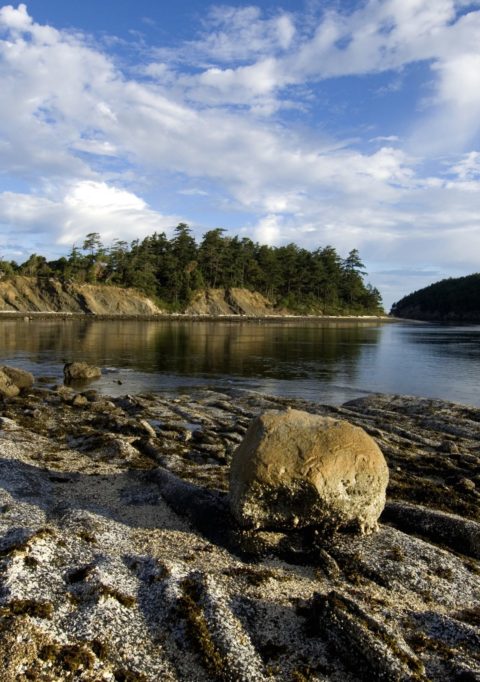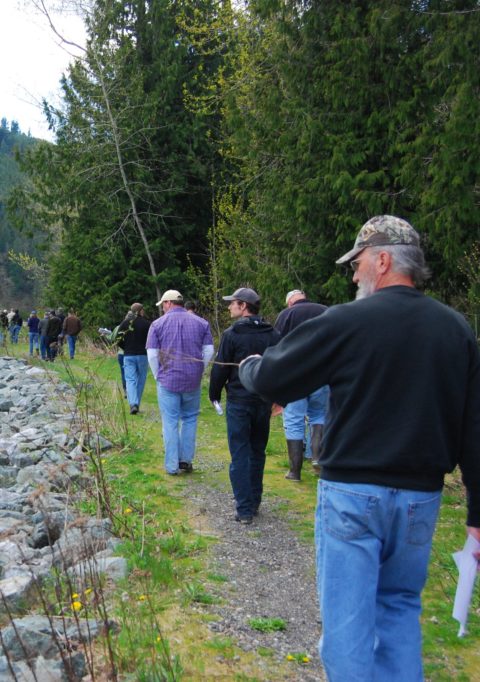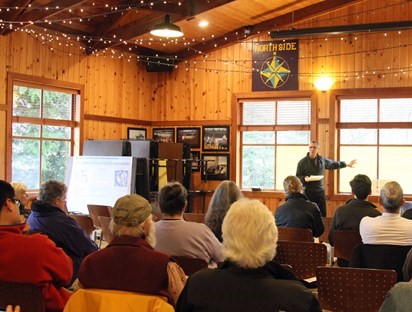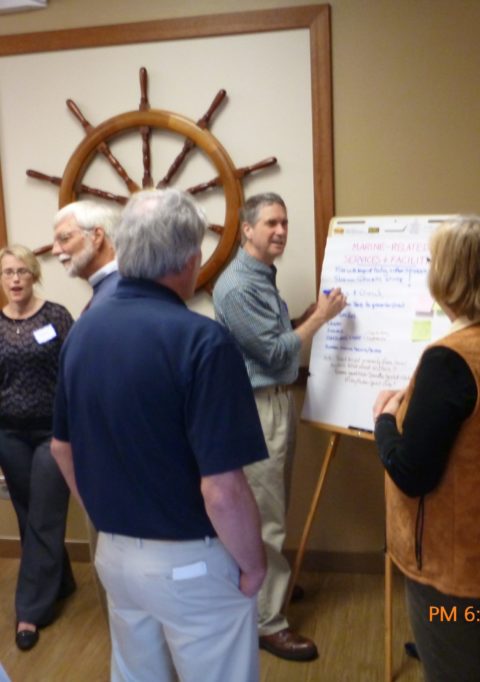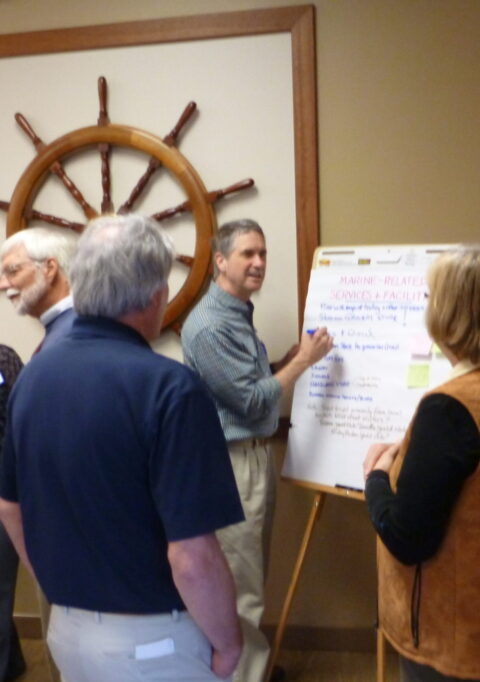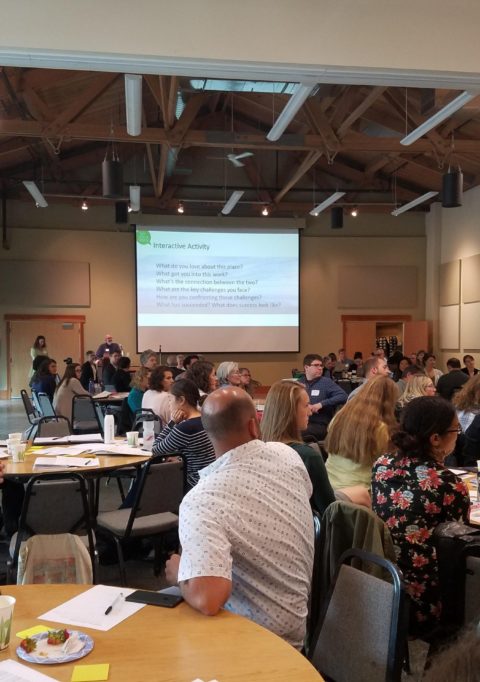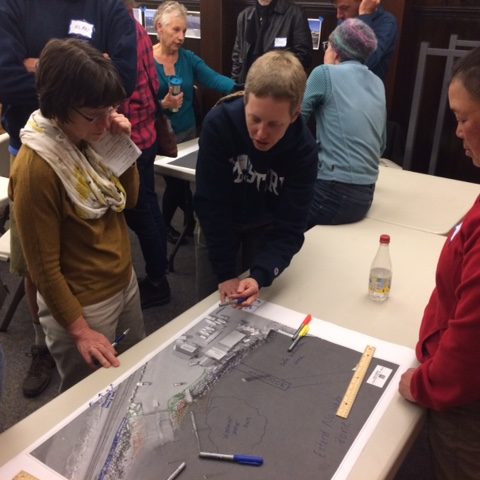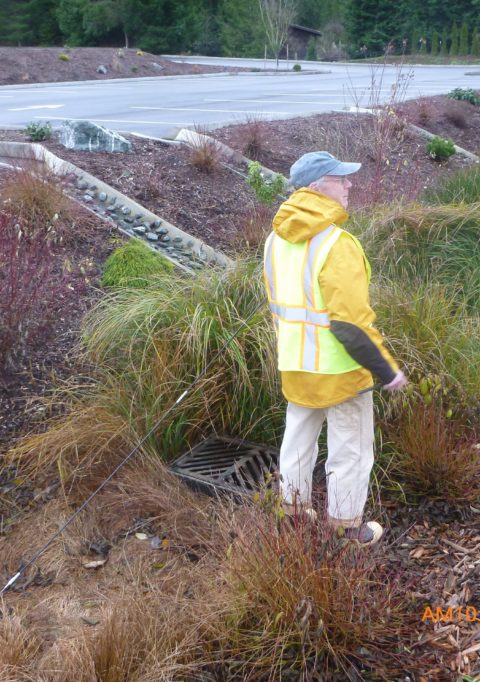Vancouver, Wash. – Maul Foster & Alongi, Inc. (MFA), a leading Pacific Northwest multidisciplinary firm, is excited to announce the acquisition of Peak Sustainability Group, a respected Bellingham, Washington-based firm specializing in climate change and sustainability services. The acquisition of Peak reflects MFA’s ongoing commitment to environmental stewardship and sustainable business practices. This partnership enables MFA…
How Do Farmers Think about Climate Risk?
How Do Farmers Think about Climate Risk?
*In this study, Vermont farmers identified many site-specific risks that they associate with extreme weather and climate change. From their standpoint, these risks are not new. Rather, they represent familiar risks that are being intensified by recent climate changes.
What do farmers worry about?
- Flooding and erosion. They were especially concerned with the potential for extreme rainfall events during critical farming periods.
- Short-term and long-term economic risks. Their main concerns included: (a) market volatility, (b) crop failure, (c) insecure land tenure, and (d) financial stress from adapting to climate change.
By example, farmers in Vermont are actively adapting to changing weather patterns. Many farmers are already experiencing crop damage from extreme precipitation and late planting due to wet springs. Many are using well known conservation practices.
- Uncertainty about timing and severity of extreme weather events limits planning. Many farmers reported not knowing how to best prepare for climate change.
- Farmers who endured damage during past extreme weather were more likely to adopt proactive strategies.
- Intensified weed and pest pressure may also result from extended seasons and warmer winters.
- Native American communities are observing a range shift in their traditional foods gathered from the forests.
*The Northeast Regional Vulnerability Assessment provides an overview of regional agriculture and forest sensitivities to climate change and suggests adaptation strategies that can help build resilience. *Read the Quick Summary.
